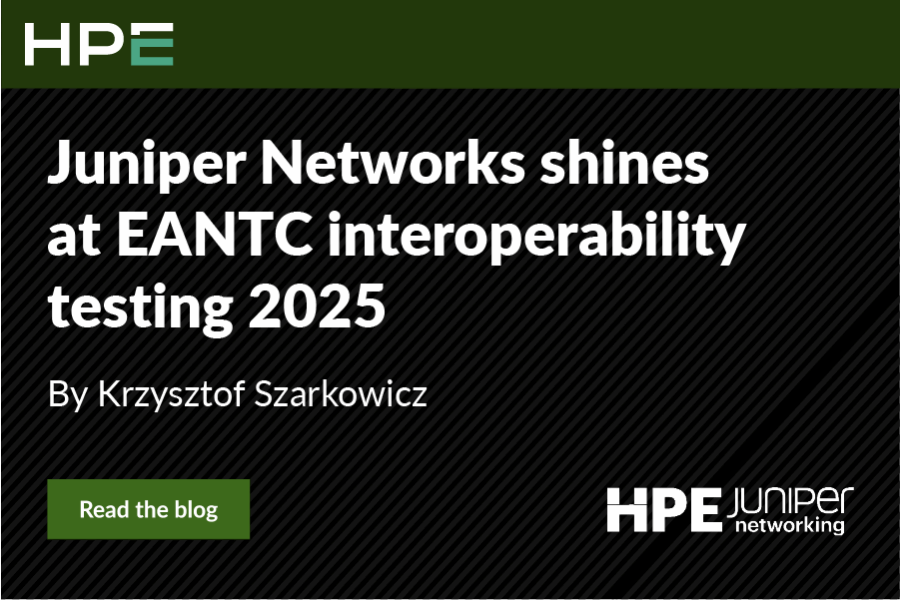An important first milestone has been achieved, but challenges remain.
The recent announcement by the National Institute of Standards and Technology (NIST) of its first three post-quantum cryptography (PQC) algorithms marks a significant step forward in the global effort to secure data against the future threat of quantum computing. Quantum computers have the potential to break many of the cryptographic systems currently in use, which could compromise everything from online banking to national security communications. Designed to resist these quantum threats, NIST’s latest standards offer a new level of security in the post-quantum era.
The need for broader standards harmonization
While the three new NIST standards are groundbreaking, their journey to adoption has only just begun. The next critical milestone on their path toward widespread adoption will be achieved when other major standards bodies—such as the Internet Engineering Task Force (IETF), the Institute of Electrical and Electronics Engineers (IEEE), and the European Telecommunications Standards Institute (ETSI)—update their own cryptographic standards in response to NIST’s post-quantum recommendations. These organizations play a key role in establishing global standards for internet protocols, secure communications, and other critical infrastructure. Until these bodies fully integrate PQC into their frameworks and standards, organizations may face interoperability issues, which could slow the adoption of PQC and leave certain systems vulnerable to quantum attacks longer than necessary.
Balancing trust in new algorithms with hybrid cryptographic solutions
As your organization looks to implement security solutions based on these new PQC algorithms, you need to consider whether to fully trust the new algorithms or take a more cautious approach with hybrid cryptography solutions. While the new algorithms have been rigorously tested and designed to withstand quantum attacks, they are still relatively new, and implementations might prove to be vulnerable to “classical attacks.” In many ways, we are venturing into uncharted territory, where the long-term security of these algorithms in real-world conditions is not yet fully proven.
This uncertainty leads to the consideration of hybrid cryptographic solutions. By combining PQC with existing security measures like Quantum Key Distribution (QKD) and symmetric key distribution methods like Distributed Symmetric Key Establishment (DSKE), organizations can build a more resilient defense. Hybrid, crypto-agile approaches ensure that even if a new algorithm were to be compromised, other methods of security can still protect any sensitive information.
This multi-layered strategy provides a smoother transition to a quantum-secure future, where both traditional algorithms, QKD, and/or symmetric key distribution solutions and quantum-resistant algorithms work in tandem to better safeguard data.
Understanding implementation timelines
The timeline for implementing the new PQC standards will vary by industry and will be largely dependent upon the existing infrastructure and resources available to support the transition. The process will likely involve several phases, including development, testing, certification, and integration into existing systems. Given the complexity of this task, it could take several years before PQC is fully integrated into critical infrastructure on a global scale.
During this time, organizations must remain aware of current threats, particularly “harvest now, decrypt later” attacks. In this scenario, attackers collect encrypted data now with the intent of decrypting it in the future once they have access to quantum computing capabilities. This looming threat underscores the importance of beginning the transition to PQC now while continuing to strengthen existing cryptographic practices in the meantime. Ensuring that data remains secure today, even against future quantum threats, is essential for protecting long-term digital privacy.
The road ahead: Navigating the quantum transition
The finalization of NIST’s post-quantum encryption standards represents a pivotal moment in the evolution of cryptography. However, the path to a fully quantum-secure digital landscape will require a concerted effort across multiple fronts: international standards harmonization, the development and adoption of hybrid cryptographic solutions, and a careful, phased implementation approach.
Organizations must also recognize the urgency of this transition. The potential for quantum computers to break current cryptographic systems is not just a theoretical risk—it is a looming reality. As such, industries and governments must begin laying the groundwork for PQC integration now to ensure that their data remains secure in the face of this emerging threat.
Juniper Networks’ quantum-safe solutions
As the industry moves toward a quantum-secure future, Juniper is ready now. We already offer production-ready quantum-safe solutions to help secure data communications and, through our Beyond Labs initiative, we continue to explore ways to enhance our portfolio of quantum-safe solutions.
Juniper’s implementation of quantum-safe IPsec, supporting IETF RFC 8784 and the ETSI QKD014 REST API, is available today starting from JUNOS 22.4R1. This particular combination of features allows you to merge key material from quantum-safe sources with key material obtained from classical sources to provide a double layer of security. The solution allows organizations to render IPsec tunnels quantum-resistant in a fully backwards compatible manner, ensuring long-term data security against quantum threats.
Securing your network for a quantum computing era
In addition to IPsec, Juniper also offers quantum-safe MACsec. By leveraging QKD and DSKE, cryptographic keys used in MACsec are now quantum-safe and can be refreshed more frequently than quantum computers would need for a successful attack. This way, organizations can create a robust data center interconnect encryption framework that is resilient to classical and quantum computer attacks.
These solutions demonstrate Juniper’s commitment to staying at the forefront of cybersecurity, offering tools and Crypto Agility that organizations can implement today to begin their transition to quantum-safe networks. With these options, businesses can secure their communications against emerging threats while maintaining high performance and scalability.
Yes, the challenges are significant, and the future of cryptography may be uncertain, but the groundwork laid by NIST provides a strong foundation for securing data against the future threat of quantum computing. With careful planning and a proactive approach, we can navigate the quantum transition and emerge with stronger, more resilient security systems than ever before.

























